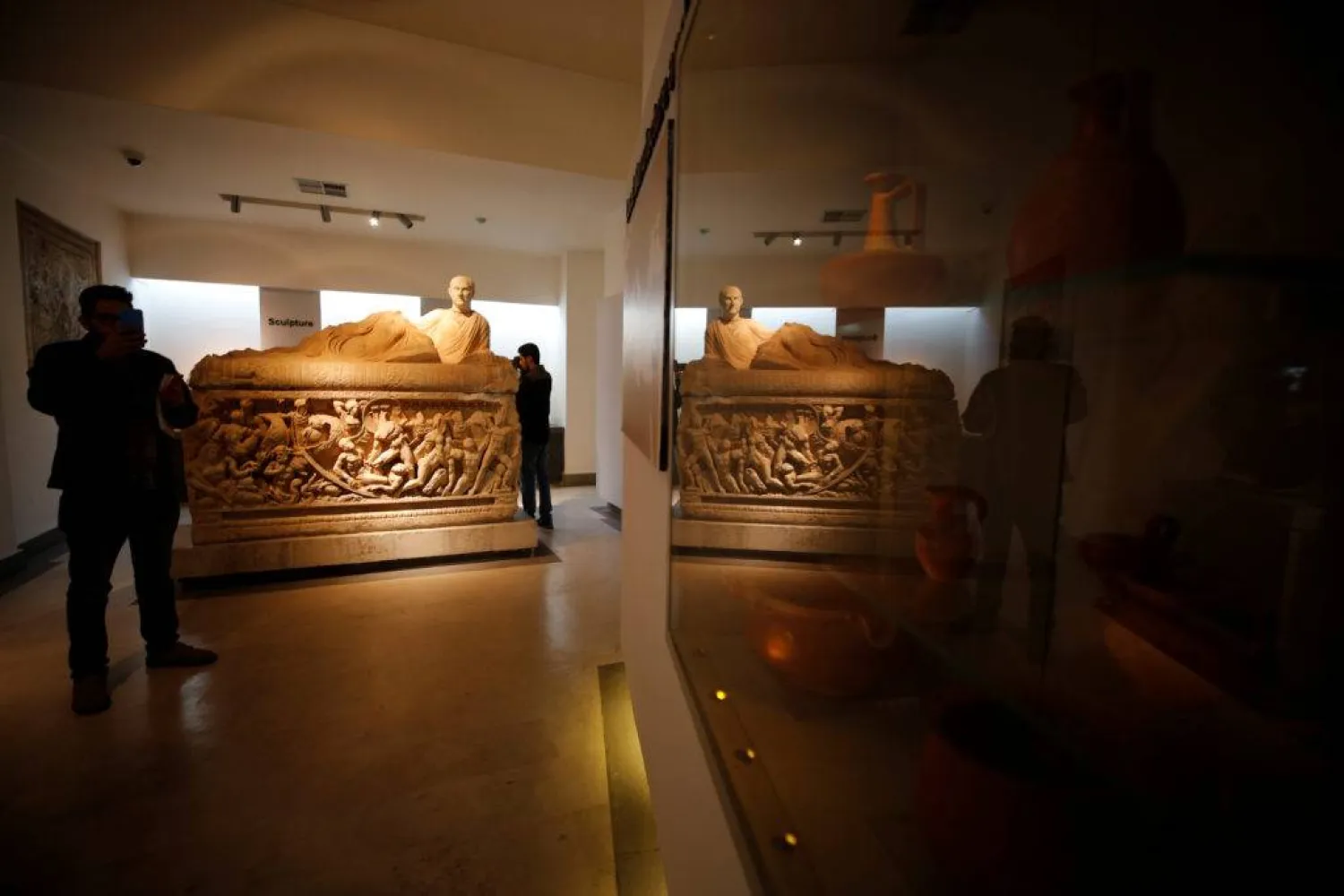Saudi Arabia’s Ministry of Islamic Affairs, Dawah and Guidance concluded the sixth edition of the Jusoor Exhibition in Pristina, reported the Saudi Press Agency on Monday.
The 10-day event witnessed a strong turnout and broad engagement from diverse communities and nationalities, underscoring its success as a prominent cultural and advocacy initiative.
Organized in cooperation with the Religious Attaché at the Saudi Embassy in Bosnia and Herzegovina, the exhibition coincided with the final rounds of the third edition of the International Competition for the Memorization of the Holy Quran in the Balkans.
The exhibition featured several unique pavilions, including a traditional Najdi council, a coffee pavilion, an interactive photography area, and displays from the King Fahd Complex for the Printing of the Holy Quran.
A virtual reality experience, rare manuscript exhibits from the Makkah Library, and innovative electronic applications showcasing modern Islamic educational tools were also featured.
Throughout the event, 10,000 copies of the Holy Quran were distributed, boasting translations of the meanings of its verses in multiple languages.
The Jusoor Exhibition is part of the ministry's broader effort to build cultural bridges, promote the values of tolerance and moderation in Islam, and boost international awareness of the Kingdom's initiatives in religious and cultural outreach.









